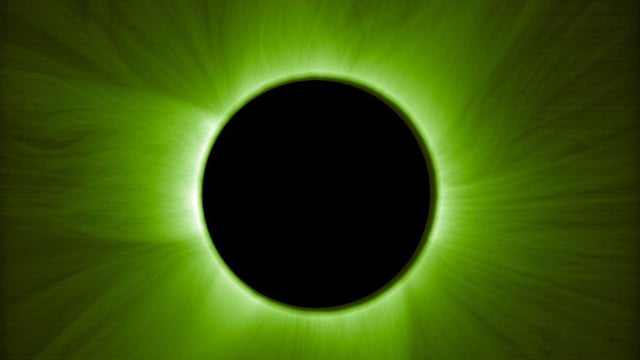Overview
- On June 16, ESA announced Proba-3’s Occulter and Coronagraph satellites flew in formation 150 meters apart to cast an artificial total solar eclipse
- The engineered eclipse produced high-resolution images of the Sun’s corona once every 19.6-hour orbit—comparable to natural eclipses but lasting up to six hours per cycle
- Scientists say these repeatable observations will shed new light on solar wind, coronal mass ejections and why the corona reaches million-degree temperatures
- The formation flying was achieved autonomously without real-time ground control, demonstrating technology crucial for future space-based observatories
- All data and images from Proba-3 will be released globally to support research on space weather impacts to Earth’s power grids, communications and satellites

